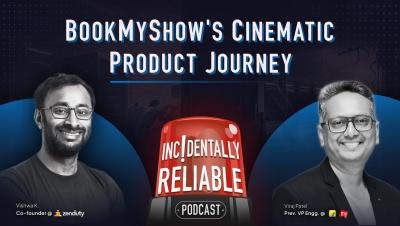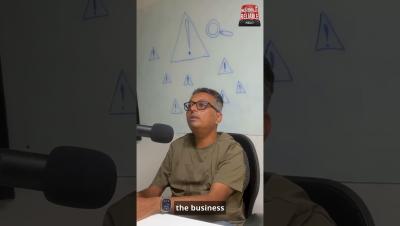Operations | Monitoring | ITSM | DevOps | Cloud
Zenduty
How Organizations Hire SRE's- Laterals or Internal?
8 Strategies for Reducing Alert Fatigue
Site Reliability Engineers (SREs) and DevOps teams often deal with alert fatigue. It's like when you get too alert that it's hard to keep up, making it tougher to respond quickly and adding extra stress to the current responsibilities. According to a study, 62% of participants noted that alert fatigue played a role in employee turnover, while 60% reported that it resulted in internal conflicts within their organization.
Tech is Easy, People are Hard - Incidentally Reliable with Suresh Kumar Khemka(Head of Infra @apna)
Non-Abstract Large System Design (NALSD): The Ultimate Guide
Non-Abstract Large System Design (NALSD) is an approach where intricate systems are crafted with precision and purpose. It holds particular importance for Site Reliability Engineers (SREs) due to its inherent alignment with the core principles and goals of SRE practices. It improves the reliability of systems, allows for scalable architectures, optimizes performance, encourages fault tolerance, streamlines the processes of monitoring and debugging, and enables efficient incident response.
How to Calculate and Minimize Downtime Costs
Downtime is an unwelcome reality. But, beyond the immediate disruption, outages carry a significant financial burden, impacting revenue, customer satisfaction, and brand reputation. For SREs and IT professionals, understanding the cost of downtime is crucial to mitigating its impact and building a more resilient infrastructure.
SRE Essentials: Building a Team and Culture
What differentiates tech companies that weather digital storms with unwavering resilience? In many cases, the answer lies in a deeply ingrained SRE culture, which fosters proactive approaches to system reliability. Site Reliability Engineering (SRE) culture extends beyond mere tech tools and automated scripts. It emphasizes proactive care, shared responsibility, and continuous improvement, leveraging incident management software as a vital component in fostering these core values of SRE.
BookMyShow's Cinematic Product Journey - Incidentally Reliable Podcast with Viraj Patel
How BookMyShow Empowered SREs - Incidentally Reliable Podcast #incidentmanagement #devops #shorts
Incident vs Bug: Understanding the Key Differences
Incidents and bugs are two common occurrences that can disrupt the smooth operation of systems and applications. While these terms may seem similar, they represent distinct concepts with different implications. Understanding the nuances between incidents and bugs is crucial for effective incident management and proactive problem resolution.











